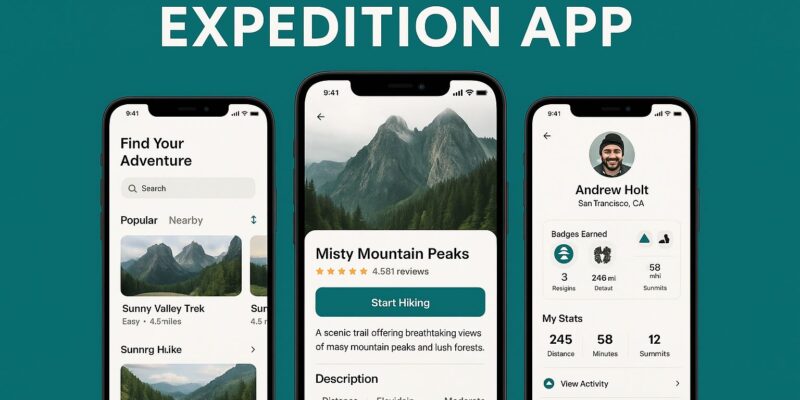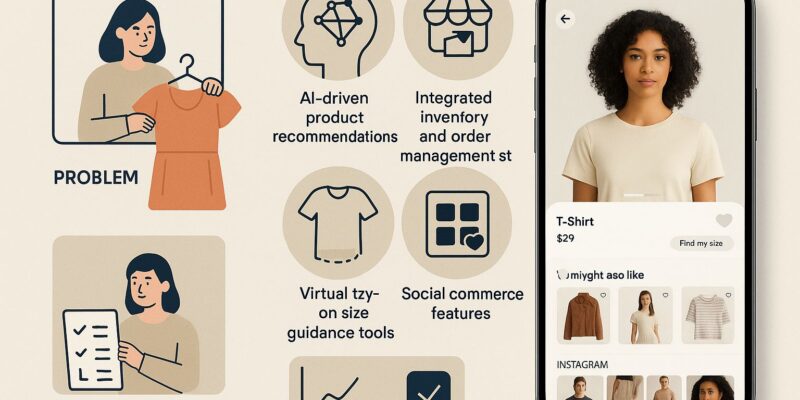Fastcabz emerged at the intersection of innovation and necessity within the dynamic landscape of transportation. In an era where convenience, safety, and seamless experiences are paramount, Fastcabz was conceived as a revolutionary solution to transform the way individuals access transportation services.
The inception of Fastcabz stemmed from recognizing the deficiencies prevalent in traditional transportation methods. Cumbersome booking processes, uncertain arrival times, and safety concerns underscored the need for a radical shift in the way people traveled. Fueled by a passion for technological advancements and a commitment to enhancing mobility experiences, Fastcabz set out to redefine the norms of ride-hailing services.
From its inception, Fastcabz embarked on a mission to bridge the gap between riders and drivers, revolutionizing the entire transportation experience. The core ethos of the company revolved around not just providing a service but creating an ecosystem that thrived on simplicity, reliability, and security.
Fastcabz introduced a groundbreaking mobile application that set a new benchmark for user-centric design. The vision was to empower users with a tool that would effortlessly connect them with a network of dedicated and professional drivers, ensuring a journey that was not just about reaching a destination but about enjoying the ride.
With a keen focus on innovation, Fastcabz’s mobile app boasted a user-friendly interface that simplified the booking process. This interface was meticulously designed to cater to the diverse needs of passengers, ensuring a seamless journey from the moment a ride was requested to the completion of the trip.
Moreover, the real-time tracking feature embedded within the app became the hallmark of Fastcabz’s commitment to safety and transparency. It wasn’t just about getting from point A to B; it was about ensuring that users felt secure throughout their journey, knowing the precise location of their driver and the estimated time of arrival.
Furthermore, Fastcabz’s dedication to a cashless payment system alleviated the hassle of transactions, allowing users to enjoy a frictionless experience without the need for physical currency.
In essence, Fastcabz was more than just a ride-hailing service; it was a catalyst for change in an industry ripe for evolution. By prioritizing user needs, safety, and convenience, Fastcabz laid the foundation for a transportation ecosystem that resonated with both passengers and drivers, setting a new standard for excellence in the realm of mobility services.




